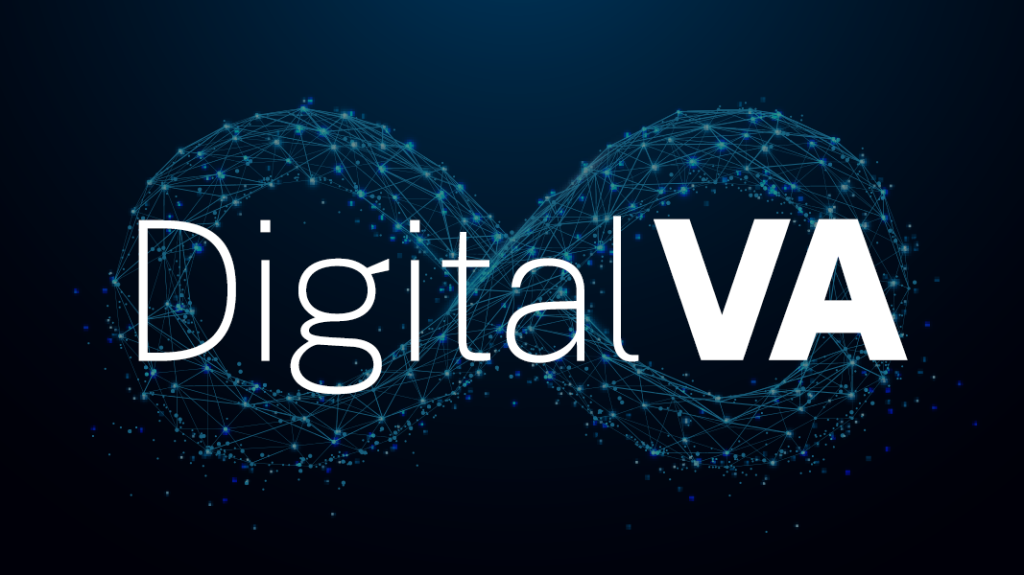Appears In
As each of VA’s administrations works to meet its mission, one common thread runs through their daily operations — information and technology. The Office of Information and Technology’s (OIT) Account Management Office serves as the key liaison between OIT and its business partners, customizing OIT’s IT services to meet each administration’s changing needs.
In 2020, VA employees noted that this business partner support played a key role in their satisfaction with OIT’s services, increasing the satisfaction score for this aspect from 56 to 77 in just one year based on the American Customer Satisfaction Index scale. For Brad Houston, Deputy Chief Information Officer for the Account Management Office, communication across administrations and between local sites makes all the difference.
In December 2019, Mr. Jack Galvin, Associate Deputy Assistant Secretary for OIT’s IT Operations and Services division, implemented a new requirement for his area managers to meet face to face with their business partners every other week. These shifted to virtual meetings due to the COVID-19 pandemic but remained a priority for IT Operations and Services and the Account Management Office. The Account Management Office sampled their regional offices to ensure that this ongoing communication between the team and their business partners continued uninterrupted. These interactions allow all parties to be on the same page and provides the office with insight into any defects or problems that the business partners experience, allowing them to elevate issues to the rest of OIT.
The Account Management Office also emphasizes the importance of current production rather than the next feature, stressing current Veteran and stakeholder interactions remain the priority. In addition, they focus on defect identification and resolution, as well as distribution of field communications and push notifications about upcoming software releases and installations — for example, the release of Microsoft Teams.
“In IT, we see those as the day-to-day operations,” says Mr. Houston. “But for the business partners, in many cases those are cultural change management operations. So instead of just telling them they’re getting an upgrade, we communicate in advance and tell them what they need to know, and what they need to do.” These methods provide transparency between the Account Management Office, their employees, and stakeholders and have been crucial to keeping trust strong between OIT and its customers.
After all, most Veterans do not interact with OIT directly, as Mr. Houston explains; they interact with our business partners and VA employees. But if the employee they are working with is frustrated with their computer, that creates a bad Veteran experience from day one. “On the other hand,” Mr. Houston says, “if the employee never mentions their computer, never has to say ‘Wait for me to log in,’ and only talks about what the Veteran needs, that’s the best thing IT can do to drive a better Veteran experience: make the IT system invisible in that engagement.”
When it comes to using data to better serve customers, the Account Management Office encourages its business partners to be more rigorous in leveraging data tied to their most critical business outcomes. For example, if a system goes down or malfunctions, the team can estimate how much money a given problem costs the Department. By giving that data a dollar value, they can help partners prioritize legacy retirements or infrastructure investments. This transparency is key to maintaining strong relationships and fostering the collaboration that leads to improved customer satisfaction.







